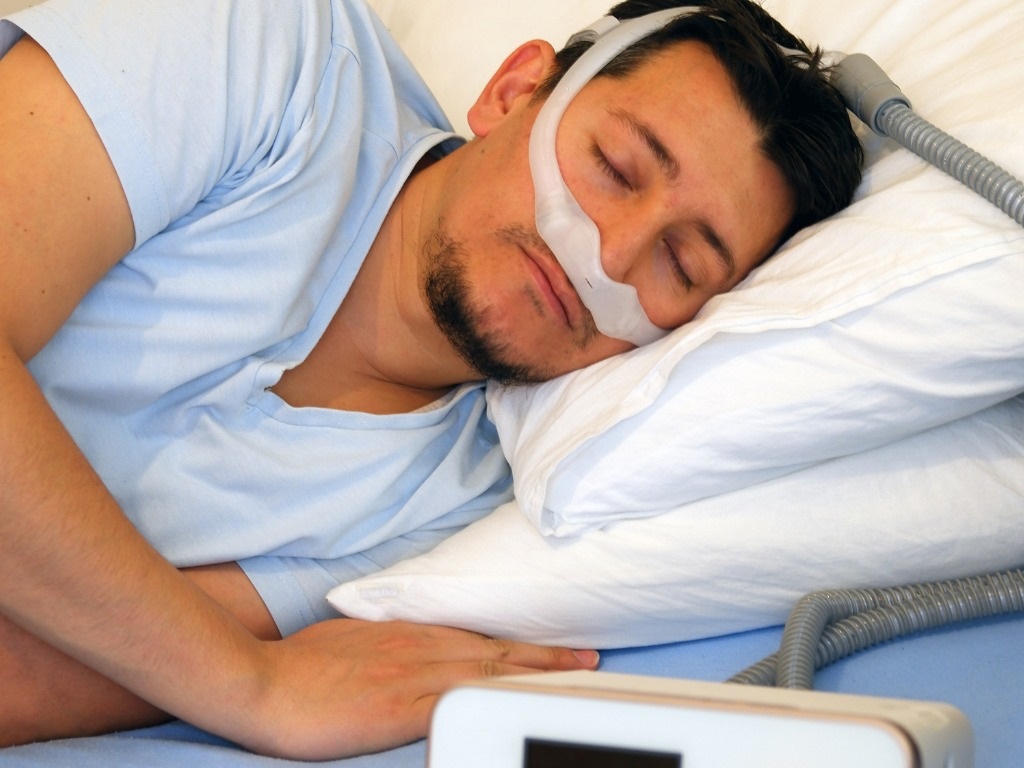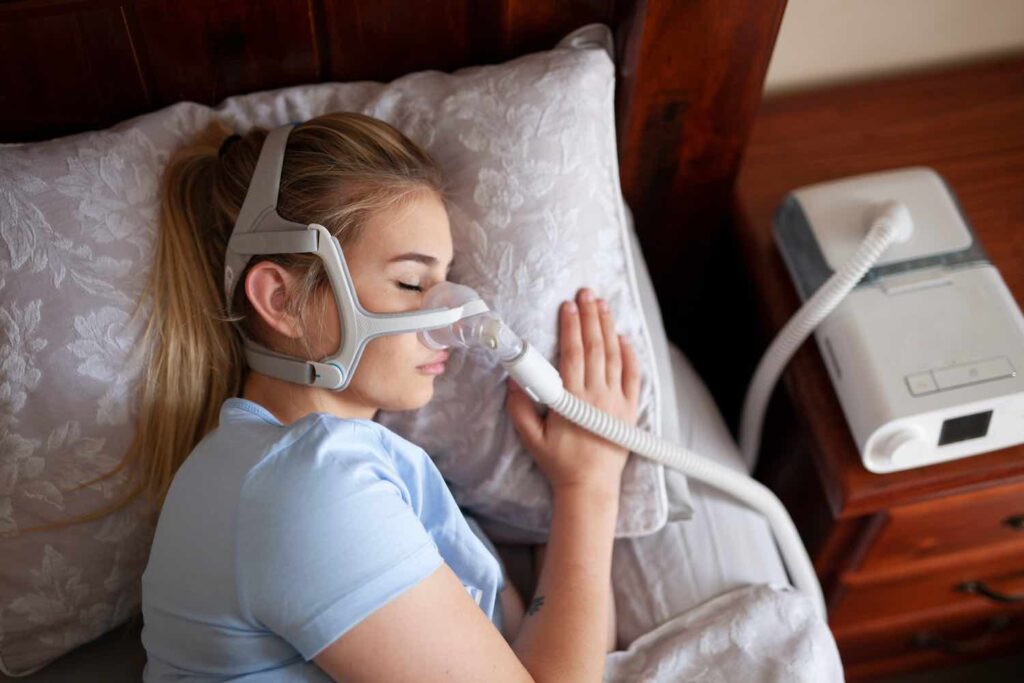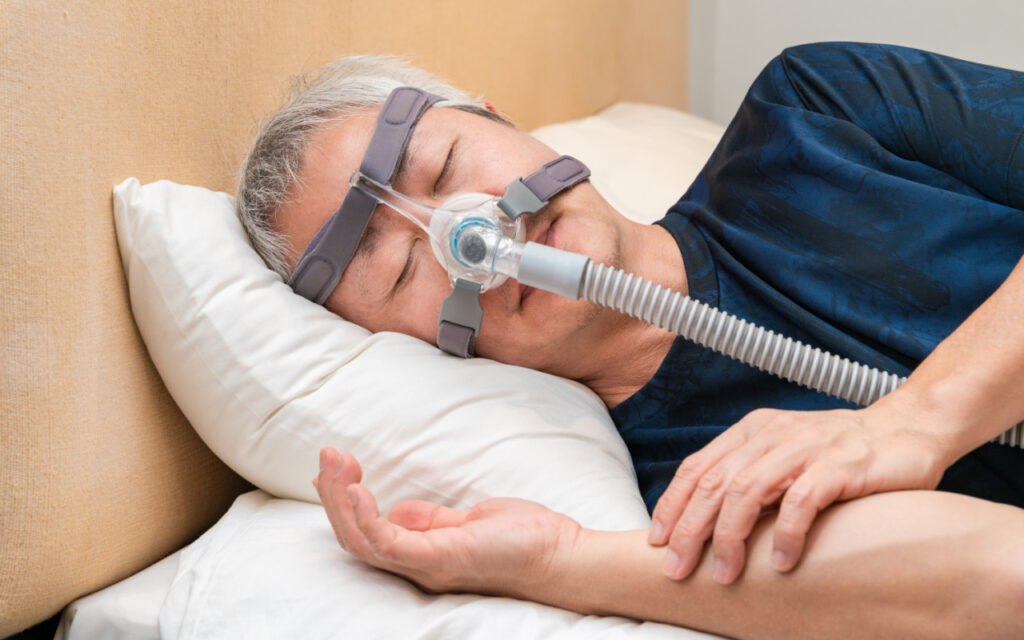Even in the dead of winter, Australia is recognized and adored for its sunny days and bright weather. Even if it’s fantastic for the developing beach culture, it might be challenging for CPAP machine users to get a good night’s sleep. When it’s hot outside, we just want to throw off all of our covers since it might be unpleasant and sweaty to stay in bed. Unfortunately, covering your face with a mask doesn’t help and may make it much harder for you to get a good night’s sleep.
Even though you may be tempted to stop using the mask when those temperatures start to rise, it’s critical to continue using your sleep apnea devices every night if you want your treatment to be successful. However, it’s simpler than you would imagine to use your CPAP machine in the heat.
In order to help you, we have put together this blog to provide you additional details and some practical advice on controlling your CPAP machine treatment in an effort to make you feel more at ease during those warm evenings.
Related: 5 Signs You May Need To Buy CPAP Machines
Effect of Temperature on Sleep
First and foremost, it’s crucial to keep the temperature of the room and body just right since it has a big influence on how well we sleep.
There are various phases of sleep, the first of which is the change from awareness to light sleep. To enter the next stage, known as profound sleep, the body’s core temperature typically has to drop by two to three degrees. However, if our core temperature is too high, the brain is unable to distinguish between the shift from awake to asleep, which directly affects how well we sleep.
Our internal temperatures may be directly influenced by our environment, therefore the temperature of your room can play a role.
The optimal temperature has generally been determined to be between 16 and 18 degrees Celsius2,3, which is because this range is most compatible with the colder temperatures your core experiences in the middle of the night. Low temperatures make sure that your body doesn’t warm up sooner and exit the deep sleep phases too rapidly, encouraging a more peaceful night.
Therefore, the optimal sleeping environment is one that is dark, calm, and cool.
So, what do you do in warm weather?
The advantages and disadvantages of your CPAP machine in hot weather
Higher temperatures may have both beneficial and detrimental impacts on your ability to sleep each night if you use a CPAP device.
The mask is a crucial component of your CPAP treatment, but if you’re trying to stay cool, it might trap the heat in around your face and neck, particularly if it’s the silicon type that covers your mouth and nose. Because of the increased pressure and close contact with your face, there is also insufficient airflow over your skin, which may make you perspire and make you feel uneasy. Your body temperature may rise and you may get restless as a result, which may negatively affect the quality of your sleep.
Despite this, CPAP machine users often discover that the warmer weather, as opposed to the drier winter months, gives some welcome respite because to the increased moisture in the air.

In the summer, the warm air may give enough of moisture to make breathing much more pleasant since it doesn’t dry out your mouth, nose, or throat. For CPAP machine users, humidity can be a lifesaver. Even this, however, has a limit since excessive humidity in the air may fill the tubing and mask with condensation, causing your device to sputter and even slap water on your face through your mask, waking you awake.
Therefore, you must find a technique to balance each of these aspects so that you can sleep well every night. Fortunately, there are several quick and easy tricks you may do to keep your CPAP machine treatment under control when it’s hot outside.
Handling Extra Moisture While Wearing Your CPAP Mask
In order to assist you manage dryness, your CPAP machine may have a humidifier that increases the moisture content of the air you are breathing. You may lower this function since, generally speaking, warmer weather has led to an increase in humidity. Compared to the dry air that most users must endure throughout the winter, the excess moisture from the air in your bedroom easily travels through your machine and into your airways. Regardless of the season, there are several situations when you should keep your humidifier on high.
For instance, you should make sure your humidifier is running at a level to prevent your sinuses and passages from drying up overnight if you live in a dry area of Australia or if the temperature inside your house is higher than the outside (which is often the case).
A buildup of condensation in the mask and hose known as “rainout” may result from excessive moisture, which can be unpleasant.

There are several methods to assist you in managing this:
- Place the CPAP on the floor or at a lower position so that the extra moisture doesn’t flow into the mask and splash your face. Try lowering the humidifier’s setting.
- To maintain a steady temperature and humidity level, use a tubing.
- These suggestions can assist in reducing humidity so that you can breathe more easily and prevent your mask from becoming too wet as you sleep.
Running the humidifier with cooled water
In hot temperatures, some CPAP machine users experience discomfort because they discover that breathing through the mask causes steamy, wet conditions within the silicon shell.
However, a helpful tip is to store distilled water in smaller containers in the refrigerator. This cooled water may be poured into the humidifier chamber just before going to bed, and then the humidifier can be turned to the lowest or off setting. As a consequence, you breathe cooler air that still contains moisture but doesn’t warm up and produce perspiration, rainout, or steam.
This useful technique may help keep excessive heat under control while preventing drying out your mouth, nose, and throat, but it is worth trying with as it might be different for each individual.
Some people attempt freezing the distilled water to make it more solid, but the drawback is that it doesn’t turn back into vapour quickly enough to work while trying to go asleep at first. We don’t recommend this since ice chips could harm the equipment.
The ideal method is to quickly freeze some distilled water in a small container until it is very cold but not frozen.
Just keep in mind to use distilled water as it gets rid of various minerals, pollutants, and live things that might harm your health or your CPAP machine. The best choice is bottled water if you can’t get access to distilled water.
